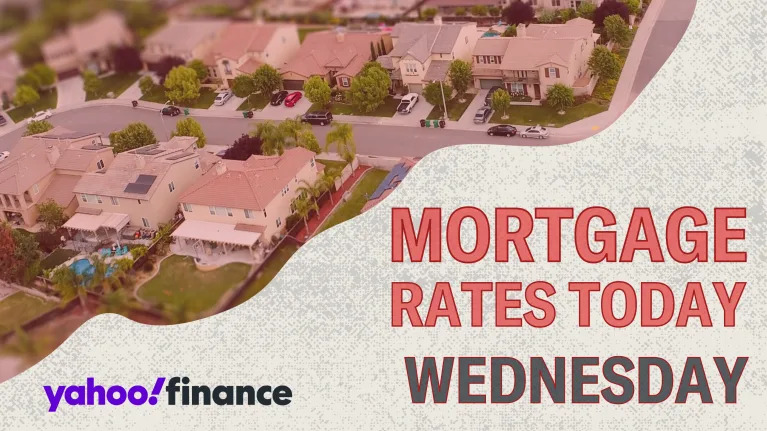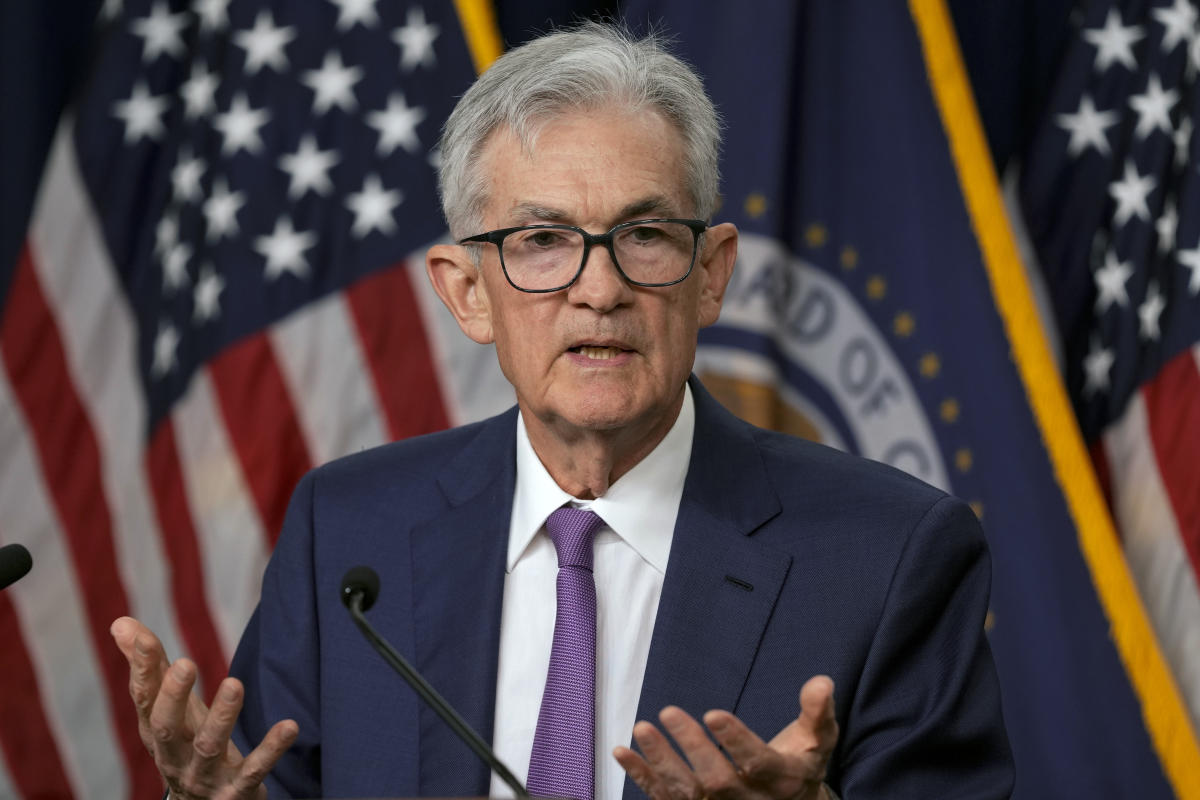If you have money in a savings account, you’ve probably noticed that you’re not earning as much on your balance lately.
Earlier this year, it was possible to earn an annual percentage yield (APY) as high as 5%. Now, the top savings account rates hover around 4% APY. And they’re still falling.
Will that trend continue? There’s no telling exactly how the Fed will adjust rates moving forward, but here’s how the Fed’s decisions impact interest rates and whether savings rates will go up or down at all this year.
Savings account rates are variable, meaning they can increase or decrease at any time. And because banks are private businesses, they can set their rates as they see fit.
For example, banks may raise interest rates on savings accounts to attract new customers and increase cash reserves. On the other hand, if there’s less demand for loans, banks don’t need as much deposit capital, so they might lower savings rates to reduce the expense of paying interest.
However, savings rates are also influenced by other factors, including the federal funds rate — the rate at which banks lend to each other to meet reserve requirements.
Read more: How do banks set their savings account interest rates?
The Federal Reserve sets the federal funds rate. Certain members of the Fed, known as the Federal Open Market Committee (FOMC), meet eight times per year to discuss whether to adjust the federal funds rate to meet its economic objectives.
One of those objectives is to maintain an inflation rate of about 2% — the rate that experts believe is consistent with pricing stability, positive employment rates, and economic growth.
When inflation is high, the Federal Reserve often hikes the federal funds rate to make lending between banks more expensive and slow economic growth. As a result, other bank product rates follow suit; interest rates on loans generally increase, along with the APYs on deposit products.
If the Fed wants to stimulate the economy, it will lower the federal funds rate, making it easier to borrow money. But that also means savers will earn less on their deposits.
Read more: Is ‘rate chasing’ worth it?
Interest rates on savings accounts remain elevated by historical standards. The national average savings account rate is currently 0.43%, which is nearly seven times higher than the average rate in 2022.
That’s thanks, in large part, to a series of interest rate hikes by the Fed to combat skyrocketing inflation. The target range for the federal funds rate increased from 0.25%-0.50% in January 2022 to 5.25%-5.50% in July 2023.
The Fed maintained that target range until September 2024, when it announced a cut of 50 basis points. The Fed then implemented another 25 basis point cut in November. Currently, the target range stands at 4.50%-4.75%.
As a result, interest rates — including savings account rates — have started to drop and will likely continue falling through 2025.
Following its most recent meeting in November, the FOMC stated, “Recent indicators show that economic activity has continued to expand at a solid pace. Since earlier in the year, labor market conditions have generally eased, and the unemployment rate has moved up but remains low. Inflation has made progress toward the Committee’s 2 percent objective but remains somewhat elevated.”
In other words, economic indicators are moving in the right direction, but there’s still work to be done. Experts believe the Fed will lower the fed funds rate again, but when that might happen isn’t certain.
According to the CME FedWatch Tool, there’s a nearly 67% chance the Fed will cut its rate by 25 bps at its December meeting. If it does, we can expect savings account rates to drop further in 2024.
Cristian deRitis, deputy chief economist at Moody’s, believes that interest rates on savings accounts and money market funds will decline in 2025 as the Fed continues to cut its target rate. He also noted that rates on longer-term certificates of deposit (CDs) and government bonds will likely remain relatively flat. “Still, they may increase if bond investors fear rising government deficits and inflationary fiscal policies,” he said.
Read more: What the Fed rate cuts mean for your bank accounts, loans, credit cards, and investments
For now, many savings accounts are still offering competitive APYs, but there’s a good chance they’ll continue to decrease. You may want to explore other options, such as CDs, to maximize your savings.
While savings accounts have variable APYs that fluctuate along with market conditions, CD rates are fixed for the duration of their term. You can lock rates above 4% APY with CDs from leading banks. However, there is a catch: The money deposited into a CD cannot be withdrawn until the CD reaches its maturity date. Otherwise, you’ll have to pay penalties and lose accrued interest.
One way to preserve some liquidity while securing the higher CD rates is by creating a CD ladder.
“Consumers can ladder their savings into CDs of varying maturity to take advantage of the higher interest rate paid on long-term certificates while still maintaining access to their funds in case the need to tap into savings arises,” deRitis explained. He added that laddering also reduces the risk of locking your savings into a low interest rate for an extended period of time.
“While the expectation is that deposit rates will fall in 2025, there are plausible scenarios where rates increase,” deRitis said. “A CD ladder can help an individual saver hedge against this interest rate risk.”
Read more: How to maximize your interest earnings following a Fed rate cut
EMEA Tribune is not involved in this news article, it is taken from our partners and or from the News Agencies. Copyright and Credit go to the News Agencies, email news@emeatribune.com Follow our WhatsApp verified Channel






